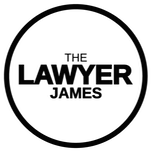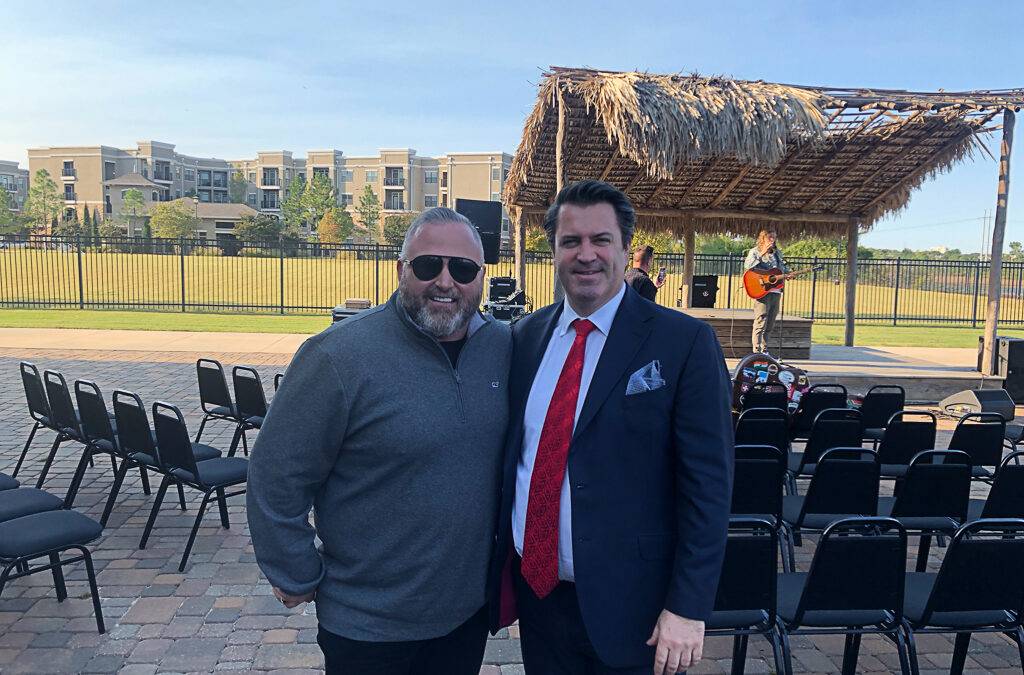Dynamite dynamite dynamite. This is the lawyer, James, the dynamite audio program. It is the absolute best audio content by New York Business Attorney in both transactional and litigation practice areas. And it is helpful for all industries. Now here’s today’s episode. One more thing. Before we get started, you can reach me online by visiting my website, the lawyer james.com. The lawyer james.com. The lawyer james.com. You can call me at (212) 500-1891. That’s the office (212) 500-1891 (212) 500-1891. You can contact me by email at James at the lawyer. james.com. James at the lawyer, james.com. James at the lawyer, james.com or by text message at (917) 783-3153. Text message (917) 783-3153 that’s (917) 783-3153.
Today, I want to talk to you about the trial in this episode of the anatomy of a lawsuit series. I want to talk to you about the trial. What is a trial now? I’m sure that you’ve all seen them on TV before they’re oral. There are many different types of trials. There is the criminal trial that involves crime New York Business Attorney. There is a civil trial that involved torts, you know, think, I think there’s this John Travolta movie called civil action where a bunch of people go, you know what? I think I’m mixing that up with, uh, a different movie, the Julia Roberts movie, where she represented, or if she was a paralegal and she helped gather a bunch of plaintiffs. Yeah. Lauren Brockovich, Erin Brockovich. That was the movie where Julia Roberts. I think she was a paralegal at the firm where she went and rounded up people as plaintiffs in the, uh, in an environmental action or in an action for environmental damage.
As I recall, it was drinking water. Don’t quote me on that. You can easily look it up, but in any event there was a trial and the plaintiff’s one trial, they got a huge settlement. And I think that the law firm did very well. And I think later on Erin Brockovich got her law degree New York Business Attorney. All this stuff is Googleable. I’m not in front of my computer right now. I’d like to, just with you though about what a trial is, and especially in the context of a business litigation, because that is the subject of the anatomy of a lawsuit it’s, it’s geared toward, you know, business litigation issues. There are other kinds of trials as well. A different kind of trial could include, you know, insurance coverage trial. There are federal court trials. There are state court trials in the bankruptcy context, there are trials, uh, within the bankruptcy case, you know, the you’ve got the main bankruptcy case and then you’d have these little mundane.
They’re not necessarily little, their adversary proceedings is what they’re called. And they’re subject to the, to the main case number or they’re part of the main case number, but they’re separate cases in and of themselves. They can be related to employment issues. They can be whatever you can have outside of bankruptcy court. You can also have inside of bankruptcy court that this is in terms of trials. So very, very broadly speaking. Well, there’s also, you know, business disputes that can be resolved in the context of arbitration. And, uh, mediation arbitration is, is, is, is like a trial because you have this arbitrator that functions like a judge, but in any event, we’re, we’re getting a little bit astray and I want to rope it back into exactly what a trial is. Okay. So we have the anatomy of a lawsuit which really speaks about, uh, everything that sort of leads up. And what happens after trial lawsuit is a very, very broad term New York Business Attorney. And so we’re, we’re at the part now where we’re talking about a trial. So what happens here we go. We have
The before. Yeah.
I hate to do this to you, but I want to just back up again a little bit more before a trial happens, there’s usually a pretrial conference, which happens before judge. And depending on the judge, they’ll sit there and yell at you and tell you how unprepared you are for trial or regardless of the level of preparation that you are at with the trial, or, you know, the entertain different types of motions and eliminate. Those are the, these motions that determine what stays in and what goes on or what, what issues are we dealing with on a pre-trial basis. And so, uh, once that preliminary or the pretrial conferences held, you basically discuss a roadmap for how the trial is going to go and the judge signs off on it. You typically agree what evidence is, uh, permitted, you stipulate to it. Yeah. And then you list the exhibits and you, you wouldn’t, I mean, agree.
Do you go over it with the attorneys for the other side, you as the attorney or the parties, if you’re a party, you know, your attorney we’ll go over it with the other attorney and you figure out what you’ll admit. Well, you’ll not admit or what you’ll agree to stipulate to be being admitted. Um, and what you, uh, what you do not believe you should be admitted. The reasons for the court tries to resolve all of those, uh, issues in the beginning, although it doesn’t always, and then there can be issues later on in the trial concerning that, and it all really the pre-trial meeting you deal with or the pretrial conference. It depends on what that particular judge wants to address. And again, like I mentioned in earlier episodes, there are judges that have these individual rules and you have to follow those rules.
They’re typically very, very detailed and laid out for what the pre-trial conference should cover and what you should be prepared on when you attend the pretrial conference. And so the pretrial conference is a very, very useful tool in terms of a roadmap and what to expect when, when you go to trial or when you get to the trial stage before any particular judge. Now, again, it’s very, very dependent on what the particular judge wants because they are very, very specific with how they want to control their courtroom and how they want to control the trial. I’ll give you an example. I’m sure that you’ve seen on TV, the direct examination and the cross examination and, and all that. Some judges have some rules that say that you do not offer the testimony of a witness with direct examination. You only have direct examination via an affidavit, a sworn affidavit.
And then that gets admitted into evidence. And then what the witnesses there to testify on if at all is testify, the, it will be subject that witness will be subject to cross examination based on what is contained in the affidavit of testimony. Okay. So trial looks like this, the plaintiff makes its opening statement New York Business Attorney. Then the defendant makes its opening statement. When I say plaintiff, and when I say defendant, I’m really talking about the attorney for the plaintiff and the attorney for the point that for the defendant in the context of a trial. So the plaintiff makes the plaintiff’s attorney makes his or her opening statement. The defendant’s attorney may says, or her opening statement. And then the plaintiff presents, uh, the plaintiff’s attorney presents the plaintiff’s case in chief. It takes witnesses. It brings them up on the stand and it, the, the witnesses, um, the witnesses tell their story.
And then the story is supplemented and, uh, and giving credibility by the documents that are, uh, that make up part of the case, the documentary evidence that we discussed before. And so when the plaintiff presents the documents, the, uh, and presents its case, the defendant, the, the, the attorney for the defendant has the opportunity to cross examine and test the veracity of two things with respect to the witness. The first is the believability or credibility of the testimony himself of the witness himself is the witness line, or is the witness telling the truth? And then with respect to the, to the documents, the credibility of the documents. So after the plaintiff plaintiff’s attorney puts on his or her case in chief, the attorney for the defendant puts on the case in chief or the rebuttal case on behalf of the defendant. And then after that, the, uh, there could be rebuttal witnesses.
There could be some other, um, little fancy dancing, depending on, on how the trial goes. And of course the court or the judge can always ask questions of the witnesses while they’re on the stand to clarify points. And the parties also put on during their respective opening case or a bottle case opening case by the planet for bubble case, by the defendant that, uh, if they have experts, they put those, those witnesses on it New York Business Attorney. Well, as well, then there are closing arguments and, uh, the plaintiff, uh, goes first, the defendant goes last, the plaintiff rests, the plaintiff’s attorney rests his case. And then if it’s a bench trial, it goes to a judge for decision. And if it’s a jury trial, it goes to the jury for decision. And then once the decision is issued, then the case is over and it’s subject to appeal. Once there is a final determination and order, and the appeal is the next thing that we will discuss in a later episode. But that’s the trial as part of the anatomy of a lawsuit. Uh,
You can reach me online by visiting my website, the lawyer, james.com, the lawyer james.com. The lawyer james.com. You can call, call me at (212) 500-1891. That’s the office two one two five zero zero +1 891-212-5001 800 900. You can contact me by email at James at the lawyer, james.com. James at the lawyer, james.com. James at the lawyer, james.com or by text message at (917) 783-3153. Text message (917) 783-3153 that’s (917) 783-3153.

